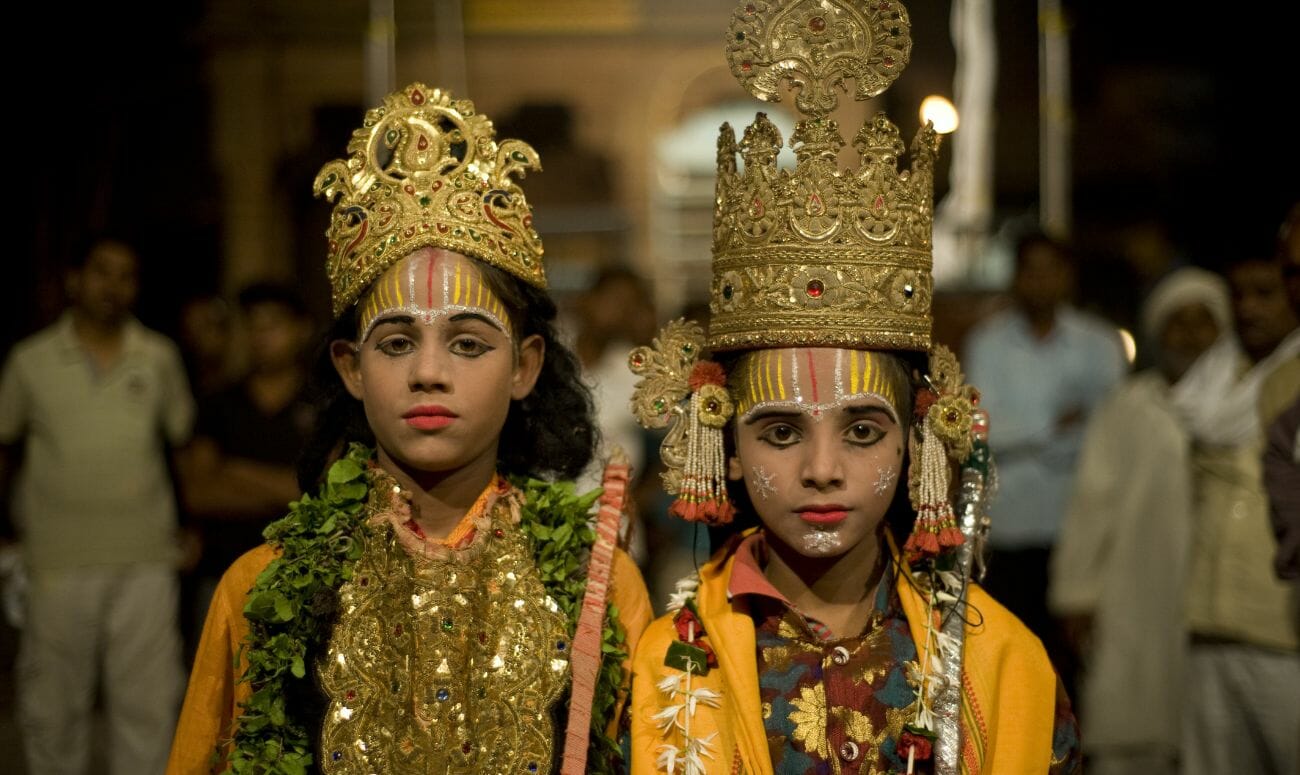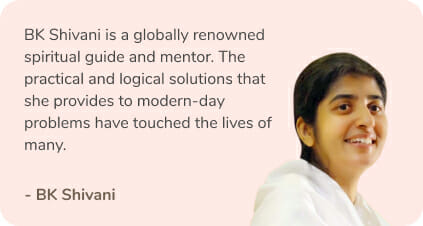It’s that time of the year again when the streets are adorned with twinkling lights, crowds have come out again to celebrate and cities are bursting with colours and flavours. After two years of a global pandemic and one year of experiencing the endemic, we finally get to revisit the spirit of celebration by coming together in person. Dussehra has the predominant theme of watching Lord Ram’s triumph over Ravan through the retelling of the epic saga. Open-air performances spread across streets and grounds show different facets of Lord Ram’s life up until the tenth night of victory. And although we revered these performances and many of us grew up watching them, let’s learn the significance behind this annual performance.
The Celebration of Dussehra
One of the most prominent aspects of the Dussehra celebration in India, especially in the North, is honouring Lord Ram’s triumph over Ravana. Actors transform themselves to narrate this epic saga, interspersed with devotional songs sung in Bollywood tunes. Fairs and bazaars are held alongside the theatre performance, providing entertainment and delicious delicacies for visitors. An event that is enjoyed by adults and children alike, this mass-attracting performance runs through all the days of Navratri with Dussehra commemorating the burning of Ravan, signifying the victory of good over evil.

On the tenth day of the celebration, a dramatic spectacle is created with the burning of the ten-headed Ravan, his brother Kumbhakarna, and his son Meghraja. Towering flames light up the sky and crackers are burst supported by resounding cheers from thousands of people who have assembled to watch. This iconic form of storytelling takes place in many places such as Ayodhya, Ramnagar in Varanasi, Vrindavan, Almora, Satna, Madhubani and many cities like Delhi, Mumbai and more.
What Do We Learn from This Annual Retelling of Ramleela?
Ramleela has always been a great leveler between the rich and the poor and as well as the members of various religions and segments of society. It honours the spirit of Dussehra which is to maintain peace and tranquility on Earth. Ramleela serves as a wonderful educational medium to demonstrate the importance of values such as loving and respecting your family, as well as keeping your promises and protecting the weak.
One of its biggest teachings is to demarcate right and wrong and always choose the right path no matter how tough it is. Ravan represents the morale that evil always gets punished. Even when Ram was banished from Ayodhya, Bharat performed the duties of a king without accepting the throne, proving that even though something is desirable, one should always recognize right from wrong and conduct themselves in a fair manner.
Ramleela is the perfect fable that teaches us about loving our family and respecting their decisions. Ram’s insistence on keeping his father’s promise shows his love and devotion for his parents. The fact that he willingly chose to spend 14 years in exile shows that he was willing to go to great lengths to protect his father’s much-respected honour.
So, this year on October 5th, when you experience Ravan’s rambunctious laugh and Sita Mata’s piety, know that this tradition of revisiting our values will be enjoyed by generations for years to come.
Read More: How Does Meditation Help In Preventing Illnesses?
Like & Follow ThinkRight.me on Facebook, Instagram, Twitter, Pinterest and Telegram to stay connected






























